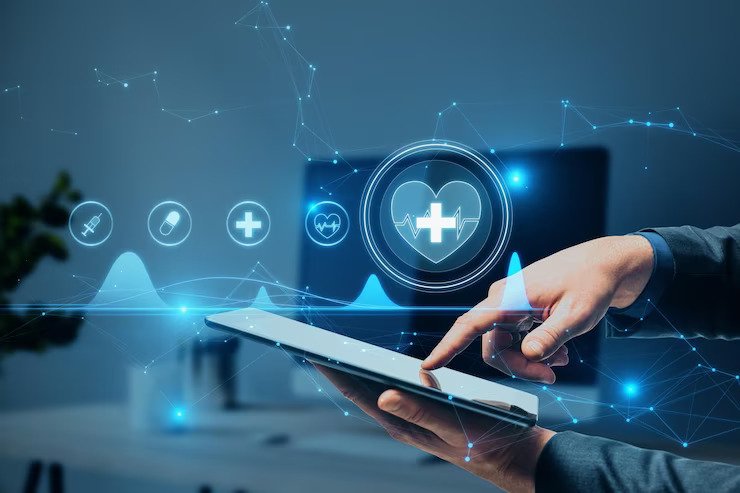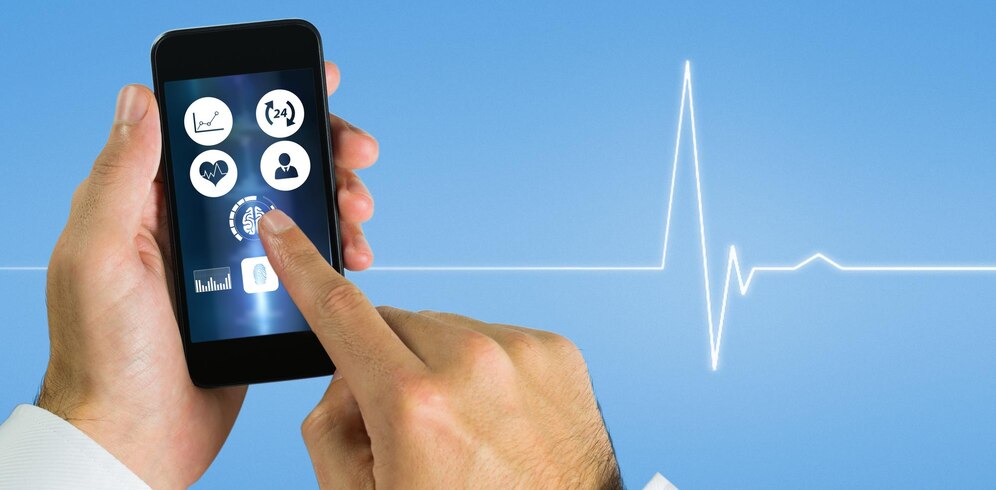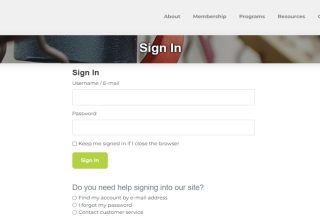All Entrepreneur Need To Know About Healthcare App Testing
Medical applications are a powerful tool to eliminate the distance between patients and medical staff. Healthcare apps include many features: medication reminders, symptom management, online appointments, and consultations. Because of this importance, medical applications must be high-quality products ensured by their testing.
Contents
The Importance of Medical Application Testing
Healthcare apps increase the efficiency of medical care by providing timely assistance to patients. Innovative technologies have made such applications as accessible and multifunctional as possible.
The development of quality software is a high responsibility for such applications, as it is related to the life and health of patients. Therefore, testing must be addressed since it makes creating high-quality and practical products possible. It is challenging to overestimate the importance of QA testing in healthcare because it determines how well doctors can help their clients.
Quality testing is the key to successful development

Effective development is the main goal that specialists strive for when creating software. Consumers need quick access and a straightforward interface. Performing checks allows you to detect weaknesses in functionality or performance in the software, allowing you to ensure that the medical application is used without problems.
During testing, the created products are subjected to specific loads and determine the endurance and response of the software in various conditions:
- A sharp increase in the user audience;
- Throughput with a weak connection;
- Unauthorized login attempts.
It is possible to correct the application by performing checks in various scenarios, optimizing its performance in multiple conditions as much as possible.
Accuracy is an essential aspect of medical applications
Even minor inaccuracies in healthcare applications will lead to incorrect diagnoses or treatment. To ensure maximum accuracy, a thorough software check should be performed.
Medical software testing for the accuracy of work is the ability of the created products to process user data correctly. For example, a function responsible for controlling symptoms must provide the correct recommendations based on the information entered by the user. Also essential is the proper operation of the memo on the intake and dosage of drugs, which must be by the prescription issued to the patient.
Product Quality Assurance Approach
To provide a high-quality medical application, you must go beyond functionality testing. The review should include usability testing, ensuring safety and reliability, and compliance with medical standards.
Testing the use of the interface allows you to evaluate the degree of its understandability and ease of use for users. Security validation is critical because healthcare applications deal with a massive amount of sensitive information. Users need to ensure the software has reliable protection against cyber attacks. Compliance testing confirms that a given medical application fully complies with medical regulations.
Methods for testing medical applications

With the development of innovative technologies, testing methods are changing. Classic checks are on par with new checking methods to meet user needs. Consider existing testing methods.
1. Testing in an automated way
Automated reviews have been a breakthrough in healthcare app testing, allowing much faster verification times and increased quality. Cases for automatic checks are modeled based on consumer interactions, performing homogeneous tasks, and detecting weaknesses in electronic devices and platforms. It ensures testing efficiency and provides an opportunity to find problems in the software at an early stage of development, thereby minimizing financial costs and human resources. It contributes to the accelerated release of the medical application.
2. Model testing
Validation in a regulated environment is essential, but the actual conditions can often differ drastically. To ensure quality products, verification should be performed using simulations in a natural setting. It includes scrolling through situations (poor network connection, unstable electronic device) to understand how the software reacts in given conditions and whether it can adapt to them without losing performance and functionality.
3. Custom validation
Developers strive to optimize the relationship with consumers and involve users for verification. It targeted testing results in helpful information about consumer preferences, medical application weaknesses, and product optimization suggestions. This technique allows you to improve usability and forms the importance of involvement in the development of consumers.
4. Integration testing
Most healthcare applications integrate with various electronic systems and devices. The integration check ensures smooth work during the merging process, fast data exchange, and excellent compatibility with different methods. It also eliminates inconsistencies in data and improves customer experience.
What are the prospects for testing medical applications?
Given the rapid pace of digital development, the testing of healthcare applications will be systematically exposed to innovative influences. As artificial intelligence and machine learning have significantly impacted how healthcare services are delivered, technological testing methods will continue evolving with all the innovative advances.
Using artificial intelligence in software reviews, you can analyze the performance of products under different scenarios and predict possible problems, allowing you to create test cases, thereby increasing the efficiency of testing a medical application and making it as accurate as possible in operation. It is essential to develop healthcare applications and provide them with appropriate quality and reliable security. Such products will have a considerable user audience.
Read Also:
- The Role of FNPs In Primary Medical Care
- Is Medical/Dental Instruments A Good Career Path?
- The Impact Of Accurate Medical Billing On Patient Care And Outcomes



